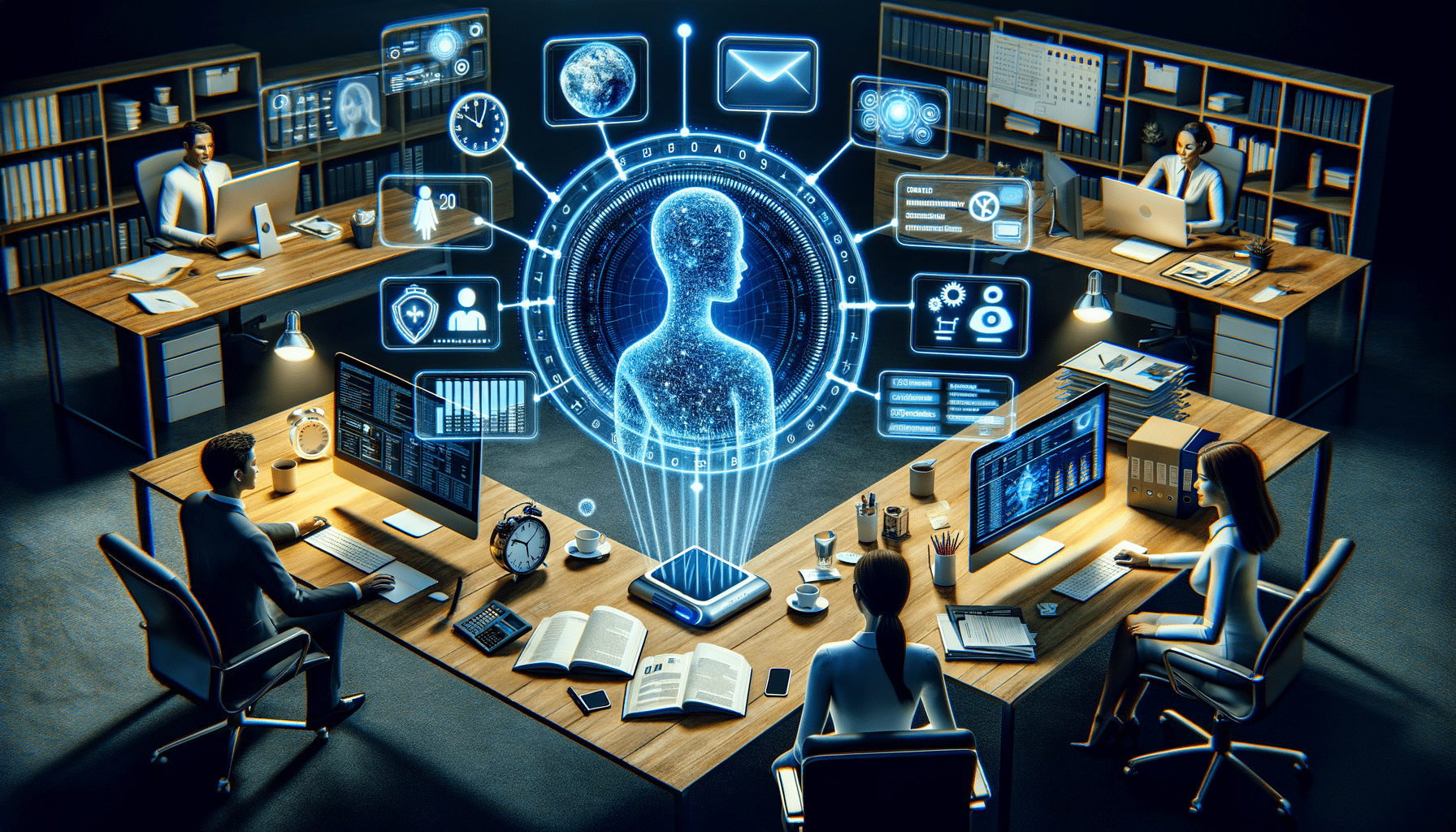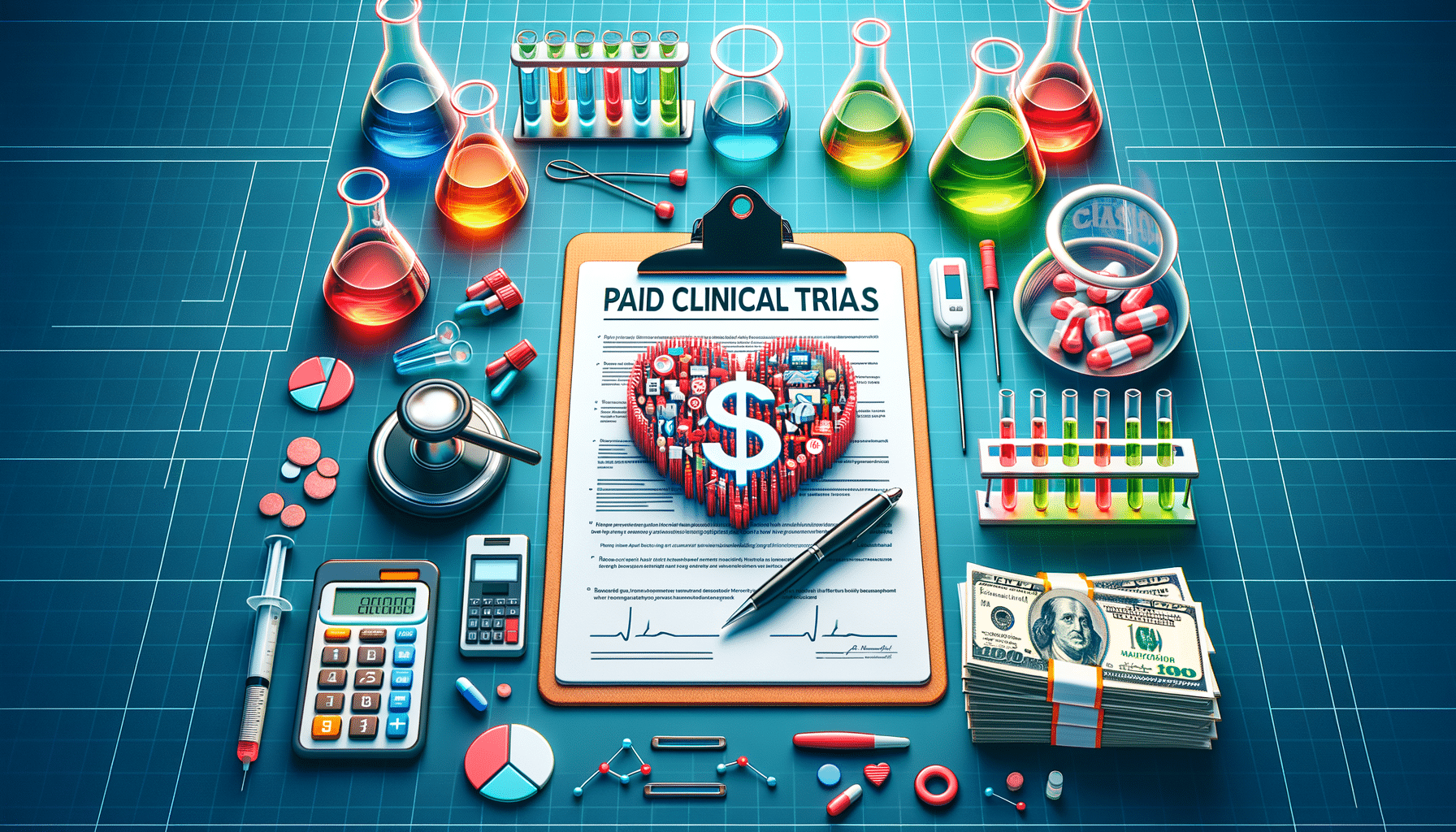
What Are The Physical Signs Of Depression?
Understanding Common Physical Symptoms of Depression
When discussing depression, the focus often lies on emotional and psychological symptoms. However, the Common Physical Symptoms of Depression can be equally debilitating and deserve attention. These symptoms manifest in various ways, affecting the body as much as the mind. Individuals may experience persistent headaches, muscle aches, and joint pain, which are often dismissed as unrelated to mental health. Yet, these physical discomforts can be directly linked to depression.
Additionally, changes in appetite and weight are prevalent. Some may find themselves overeating, while others lose interest in food entirely. These shifts can lead to significant weight changes, impacting overall health. Sleep disturbances, including insomnia or hypersomnia, are also frequently reported. The body’s internal clock can be disrupted, leading to fatigue and a sense of exhaustion, even after adequate rest.
Understanding these physical manifestations is crucial for a holistic approach to mental health. Recognizing these symptoms as part of depression can lead to more effective treatment plans, addressing both the mind and body. By acknowledging these Common Physical Symptoms of Depression, individuals and healthcare providers can work together to alleviate the comprehensive impact of this condition.
How Depression Manifests in the Body
Exploring How Depression Manifests in the Body reveals a complex interaction between mental and physical health. Depression is not merely a state of mind; it is a condition that can lead to tangible changes in bodily functions. One of the primary ways it manifests is through the nervous system. The stress response is heightened, leading to increased production of cortisol, a hormone that can have numerous effects, including increased heart rate and blood pressure.
Moreover, depression can weaken the immune system, making individuals more susceptible to infections and illnesses. This weakened state can perpetuate a cycle of poor health, further exacerbating depressive symptoms. Digestive issues are also common, with many experiencing nausea, constipation, or diarrhea without an apparent cause.
These physical manifestations highlight the importance of a comprehensive treatment approach that considers both mental and physical health. By addressing how depression affects the body, healthcare providers can develop more effective strategies to improve overall well-being. Understanding How Depression Manifests in the Body emphasizes the need for integrated care that addresses the full spectrum of symptoms.
Identifying Physical Signs Associated With Depression
Identifying Physical Signs Associated With Depression is a critical step in understanding the full impact of this mental health condition. Beyond emotional symptoms, physical signs can provide valuable insights into the severity and nature of depression. Chronic fatigue is one of the most commonly reported physical signs. This fatigue is not simply a result of lack of sleep but a pervasive sense of exhaustion that affects daily functioning.
Another significant physical sign is unexplained aches and pains. These can include headaches, back pain, and muscle tension, which often persist despite treatment. Recognizing these symptoms as potential indicators of depression can lead to earlier diagnosis and intervention.
Furthermore, changes in motor skills and coordination may occur. Some individuals experience psychomotor agitation, characterized by restlessness and an inability to sit still, while others may suffer from psychomotor retardation, where movements and speech become noticeably slower. Identifying these Physical Signs Associated With Depression can aid in developing a more comprehensive understanding of the condition, leading to more effective treatment and support.


